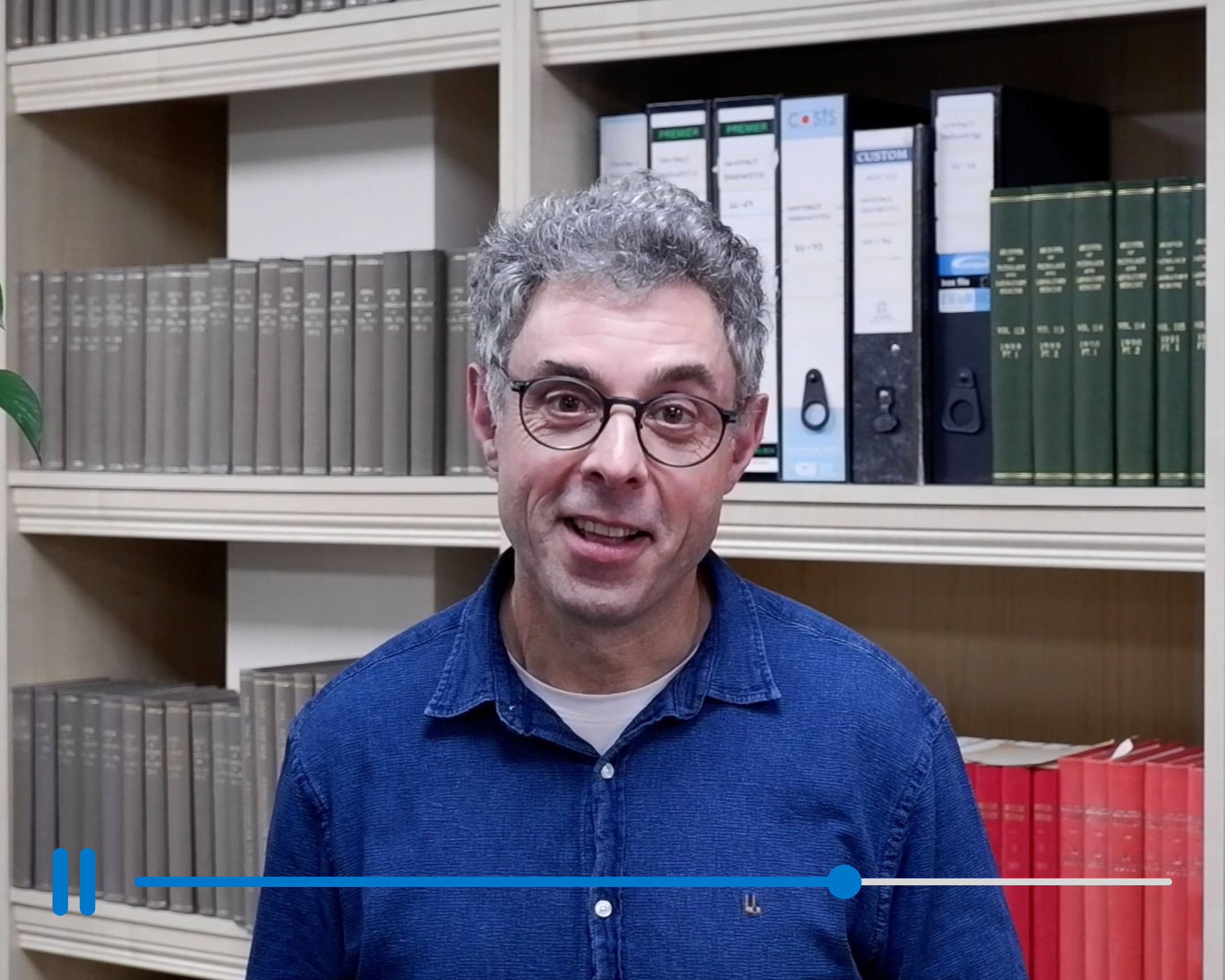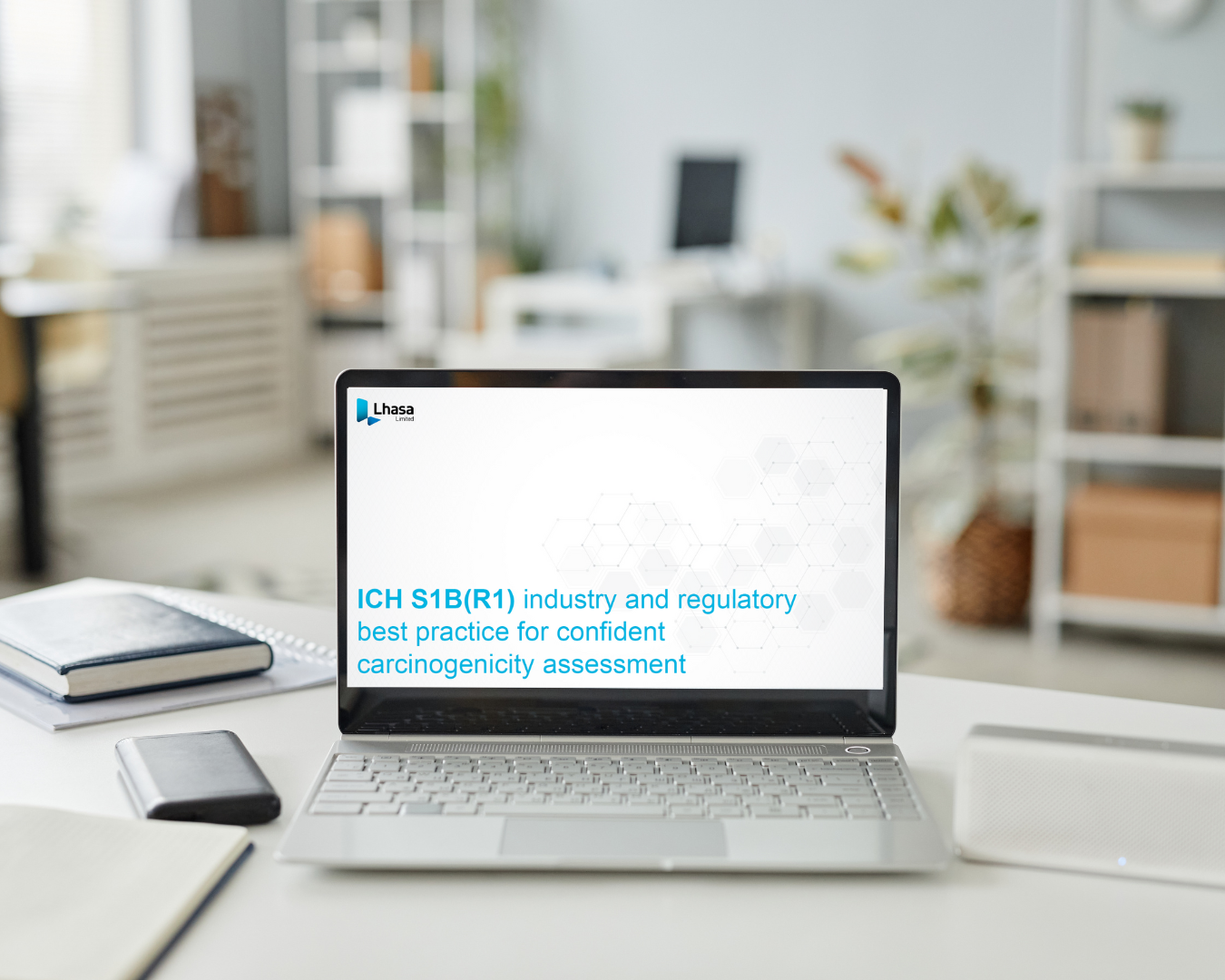In a recent Lhasa Limited webinar, experts from BfR (the German Federal Institute for Risk Assessment), Syngenta, and Lhasa came together to explore how in silico tools are being used to support genotoxicity assessments.
The session delivered a thorough overview of how these advanced computational methods are applied in both regulatory and industry settings, focusing particularly on the evaluation of pesticide metabolites and impurities, with special attention to genotoxicity endpoints, mutagenicity and chromosome damage.
For those who couldn’t join the live session, here’s a summary of key insights from our expert-led webinar.
In silico tools for the assessment of pesticide metabolites and impurities in the EU
Dr Glenn Lurman, Senior Scientist from BfR opened the session by outlining how (Q)SAR tools are currently used in the European Union to support hazard assessments under Regulation 1107/2009.
In particular, in silico tools are being applied to assess:
- Technical impurities in active substances
- Residues in food and feed
- Groundwater metabolites
- Water treatment transformation products.
The current regulatory expectation is clear: (Q)SAR assessments should be based on at least two complementary models, typically one expert rule-based and one statistical. This approach helps ensure a balanced, conservative assessment, where any positive prediction triggers further scrutiny.
While there’s strong support for using in silico tools, Glenn also acknowledged some of the challenges regulators face, including:
- Inconsistent understanding of model outputs
- Misuse of “nothing to report” as a definitive negative
- Limited access to proprietary tools
- Risks of cherry-picking results
- A need for more transparency and harmonisation.
He also shared a forward-looking view, calling for better data sharing between regulators, industry, and developers, as well as more investment in refining alerts and expanding model capabilities to cover high-tier endpoints and co-formulants.
Using Lhasa solutions for assessments of genotoxicity
Dr Robert Foster, Principal Scientist at Lhasa Limited, introduced how Derek Nexus and Sarah Nexus can be used together to strengthen confidence in genotoxicity assessments.
While Derek Nexus offers transparent, expert-derived structural alerts, Sarah Nexus uses statistically driven models built on curated training data. Together, these tools offer comprehensive predictive coverage for:
- Bacterial gene mutation
- Chromosome damage (including structural and numerical aberrations).
A key recent development is the addition of a chromosome damage model to Sarah Nexus, significantly expanding the tool’s in vitro capabilities.
Rob demonstrated how this integration benefits users, particularly in cases where Derek returns “nothing to report.” In such instances, Sarah provides hypothesis-driven predictions and training set examples, alongside access to relevant in vivo data to support expert review and read-across assessments.
Key benefits of combining Derek Nexus and Sarah Nexus:
- Broad endpoint coverage: bacterial mutagenicity, chromosome aberrations, and more
- Improved sensitivity when used together
- Transparent outputs to support expert review
- Access to supporting in vitro and in vivo data for read-across justifications.
Case study: Applying (Q)SAR models in agrochemical development
Dr Katy Bridgwood from Syngenta shared how their team validated the new Sarah Nexus chromosome damage model using internal data on 1,000 proprietary compounds. The dataset included 1,088 results from in vitro micronucleus and chromosome aberration studies.
Key results from their validation work:
- Sarah Nexus alone returned a sensitivity of 34.7%
- Combining Sarah Nexus with Derek Nexus increased sensitivity to 47.3%
This combination not only improved performance but also gave their scientists greater confidence when interpreting borderline or out-of-domain cases.
To show the model in action, Katy walked through a real-world workflow using a fictional agrochemical, Georgicitin. The parent compound and its seven dietary metabolites were predicted negative across both Derek and Sarah Nexus. However, one water treatment metabolite was flagged as positive by Sarah, while Derek returned no alert.
This discrepancy reinforced an important point: (Q)SAR predictions must be interpreted by experts and considered as one piece of a wider evidence base.
Katy also emphasised Syngenta’s ongoing collaboration with Lhasa to refine the models further, including contributing anonymised data to help improve prediction for challenging functional groups.
Final thoughts
This session reinforced the important role in silico models play in modern genotoxicity assessments, particularly for early screening and prioritisation. Tools like Derek Nexus and Sarah Nexus are enabling:
- More confident early decision-making
- Reduction in unnecessary testing
- Increased transparency and scientific justification
- Greater alignment with regulatory expectations
Download our infographic to explore confident genotoxicity assessments with Lhasa:
Get in touch to access the webinar recording, or to request a software demonstration.
Last Updated on October 10, 2025 by lhasalimited



